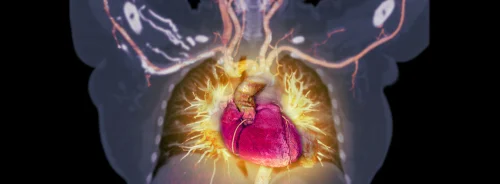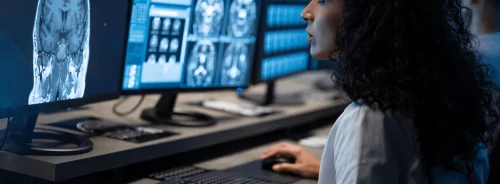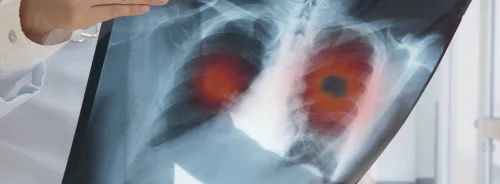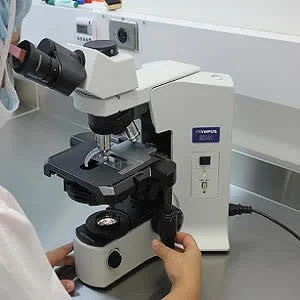Preoperative assessment of focal lesions in the breasts is crucial for further therapeutic decisions. Researchers reviewing two common techniques used to verify such focal lesions – fine-needle aspiration biopsy and core-needle biopsy – report that histopathological verification is more accurate and has more advantages than cytological assessment.
"Currently, core-needle biopsy is the method of choice in the diagnosis of focal breast lesions. Fine-needle biopsy is used in the diagnostic workup of cystic lesions and suspicious axillary lymph nodes in patients with breast tumours," according to the researchers, who conducted a review of literature on the usefulness of both techniques in preoperative diagnosis of focal breast lesions.
In all, 55 articles (original papers and reviews), half of them published within the past five years, were included in the analysis. The researchers, mostly from Polish hospitals, also took their own experience into account.
Based on their review, they found that the role of fine-needle aspiration biopsy (FNAB) has been reduced lately due to its low sensitivity and specificity as well as a high rate of non-diagnostic, suspicious and false negative results. Data also show this method does not enable one to differentiate between in situ and invasive disease. Currently, FNAB is recommended for cystic lesions, suspected of being recurrences in the chest wall, and lymph node metastases.
"The quality of the diagnostic workup using FNAB largely depends on competence, skill and experience of the operator and cytopathologist. Therefore, the sensitivity of FNAB can be increased and the number of non-diagnostic results can be decreased by: proper patient selection, experience of physicians who perform or assess biopsy as well as accuracy and carefulness during sampling and preparing smears," the researchers explain.
In comparison, core-needle biopsy (CNB) is the basic diagnostic method of breast lesions. According to the recommendations of the Polish Ultrasound Society and American College of Radiology, BIRADS 4 and 5 lesions should be evaluated histopathologically. CNB makes it possible to establish a final diagnosis more frequently than FNAB, both in the case of benign and malignant lesions. CNB delivers more information about the nature of a tumour (mutation of HER-2, estrogen and progesterone receptors and Ki-67 index). Its limitations include: underestimation of invasion and failure to recognise the components of ductal carcinoma in situ in papillary and atypical lesions.
"Histopathological and cytological assessment of focal lesions is of key significance. However, its results must be confronted with imaging findings and clinical data (a triple test). In the case of discrepancies between imaging findings and biopsy results, surgical resection of the lesion is recommended. This management helps avoid false negative results," the researchers point out.
When selecting a diagnostic method, one should consider a range of factors to choose either CNB or FNAB, according to the researchers, adding that a multidisciplinary approach – i.e., cooperation between oncologists, radiologists and pathologists – has a positive influence on the quality of both diagnosis and treatment.
Source: Journal of Ultrasonography
Image Credit: Pixabay
References:
Łukasiewicz E et al. (2017) Fine-needle versus core-needle biopsy – which one to choose in preoperative assessment of focal lesions in the breasts? Literature review. J Ultrason. 2017 Dec; 17(71): 267–274. doi: 10.15557/JoU.2017.0039
Latest Articles
focal breast lesions, fine-needle, core-needle biopsy, fine-needle aspiration biopsy, histopathological verification
Preoperative assessment of focal lesions in the breasts is crucial for further therapeutic decisions. Researchers reviewing two common techniques used to verify such focal lesions – fine-needle aspiration biopsy and core-needle biopsy – report that histop






